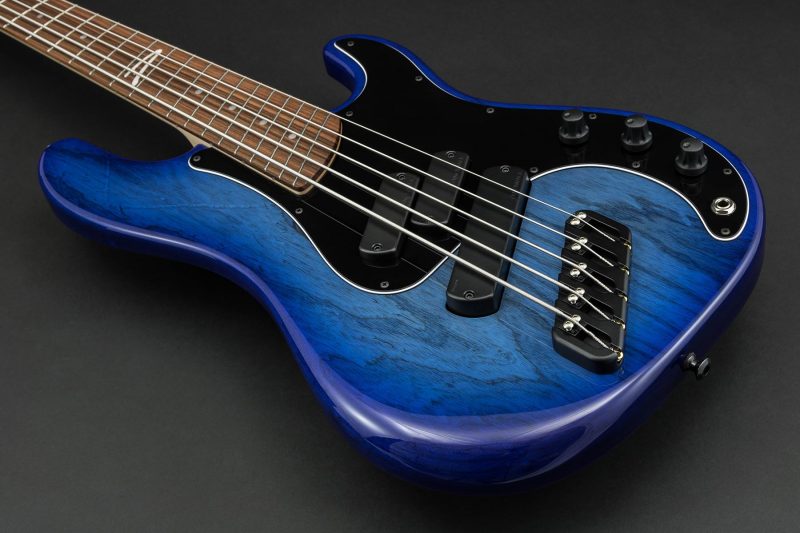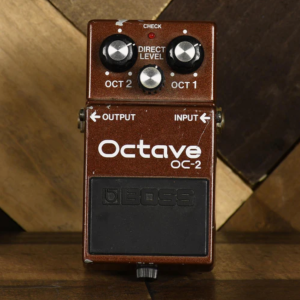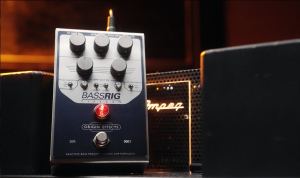The Evolution of a Classic
In our previous review of the Dingwall Super P, we explored how Dingwall refined and modernized the Precision Bass while preserving its legendary tone and feel. But what if you love the punch and authority of a P-Bass yet crave the added flexibility of a bridge pickup for extra bite and articulation? That’s where the PJ bass comes in—and Dingwall’s Super PJ takes this concept to the next level.
The Origins of the PJ Bass
The Precision-Jazz (PJ) bass configuration was born from necessity. While the P-Bass has always been the go-to for deep, powerful low-end, some players wanted more tonal variety without fully committing to a Jazz Bass. By adding a bridge-position single-coil—similar to a Jazz Bass bridge pickup—players could blend in a tighter, brighter sound while still keeping the P-Bass punch intact.
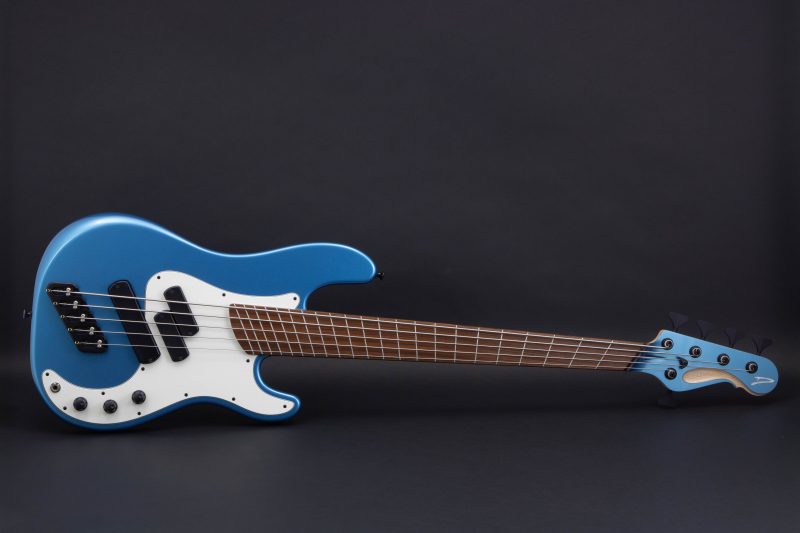
Fender first experimented with PJ configurations in the late 1970s, and over time, this setup became a favorite among session players, rock bassists, and those looking for a more versatile tool.
Strengths of the PJ Bass:
- Tonal flexibility: The P pickup delivers the classic thick low-end, while the bridge pickup adds definition and growl.
- A “best of both worlds” approach: The PJ combines elements of both the P-Bass and Jazz Bass into one instrument.
- Great for different playing styles: The neck pickup is warm and fat for fingerstyle and classic tones, while the bridge pickup enhances attack, making it ideal for slap and pick playing.
Weaknesses of the PJ Bass:
- Balancing the two pickups can be tricky. The P pickup is naturally more powerful than the J pickup, which can sometimes make blending difficult without active electronics or specific pickup designs.
- Bridge pickup soloed can sound thin. Unlike a true Jazz Bass, where both pickups are matched for an even sound, a PJ setup’s bridge pickup alone can lack body.
- Not every PJ bass gets the blend right. Some feel like a compromise rather than a true hybrid.
Enter the Dingwall Super PJ—a bass that addresses these concerns while enhancing everything great about the PJ formula.
The Dingwall Super PJ: A Modern Solution
The Dingwall Super PJ builds on the Super P platform but adds the versatility of a bridge pickup while keeping the multi-scale, fanned-fret design for superior tone, tension, and playability. Unlike some PJ basses that struggle with pickup balance, Dingwall meticulously voices their pickups to ensure seamless blending between the P and J.
Multi-Scale Advantage: More Than Just a Gimmick
Like the Super P, the Super PJ uses a fanned-fret, multi-scale design, meaning:
- The lower strings (E and B) are longer (36.25″) for tight, punchy low end.
- The higher strings (G and D) are shorter (32″), keeping a comfortable feel and easy playability.
- Each string retains optimal tension, resulting in better note clarity and even response across all registers.
This solves the main flaw of most PJ basses—the occasional imbalance between pickups and strings. On a standard PJ, the E and B strings can sometimes feel floppy compared to the rest. The Super PJ’s multi-scale approach keeps everything even.
Dingwall’s Pickups: A PJ That Actually Blends Well
One of the biggest issues with standard PJ basses is that the bridge pickup often gets overpowered by the P pickup. Dingwall tackles this by designing a bridge pickup that naturally complements the P-pickup’s power.
- The P-style pickup still delivers that thick, punchy low-mid focus.
- The bridge J pickup has been voiced to hold its own, offering a clearer, punchier tone without sounding thin.
- When blended together, the tone is smooth and full, not uneven or hollow like on some traditional PJ basses.
This means you can actually use both pickups equally instead of just defaulting to the P pickup. Whether you want deep, vintage tones or a sharper, funkier attack, the Super PJ delivers.
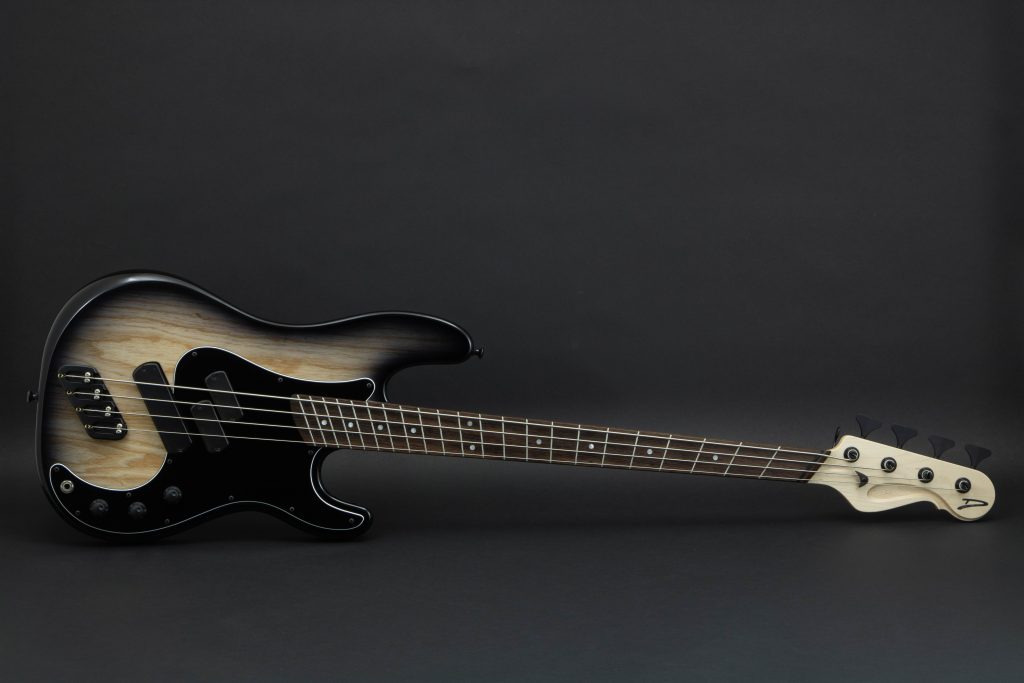
Build Quality & Ergonomics
Dingwall is known for their top-tier craftsmanship, and the Super PJ is no exception. It’s lightweight, well-balanced, and designed for maximum comfort—something that many traditional PJs lack. The body contours are more refined than a typical Fender, making long playing sessions effortless.
Why the Super PJ Might Be the Best PJ You Can Get
If you love PJ basses but have been frustrated by their inconsistencies, the Super PJ is an absolute game-changer. Dingwall’s multi-scale design, pickup voicing, and exceptional build quality make this one of the most refined PJ basses available.
Where other PJs feel like a compromise, the Super PJ feels like an improvement on both the P and J concepts. It gives you the thickness and punch of a P, the cut and articulation of a J, and modern innovations that solve common issues.
For those who need versatility without sacrificing tone, this is easily one of the best PJ basses on the market.
Pros and Cons
Pros:
✅ Classic PJ versatility with modern refinements
✅ Multi-scale design ensures consistent tension and better low-end clarity
✅ Dingwall’s pickup design avoids the common PJ balance issues
✅ Lightweight, well-balanced, and comfortable
✅ High-end craftsmanship with impeccable attention to detail
Cons:
❌ Fanned frets may take an adjustment period
❌ More expensive than a typical PJ bass
❌ Not as easy to find as standard mass-produced PJs
Final Thoughts
If you love the idea of a PJ bass but have been let down by traditional designs, the Dingwall Super PJ is one of the best versions of this concept. It keeps everything great about the classic P-Bass, enhances it with a well-balanced J pickup, and applies modern innovations that improve playability, clarity, and tone.
For those who need flexibility without compromise, this might just be the ultimate PJ bass.
